
SEARCH THE WEBSITE
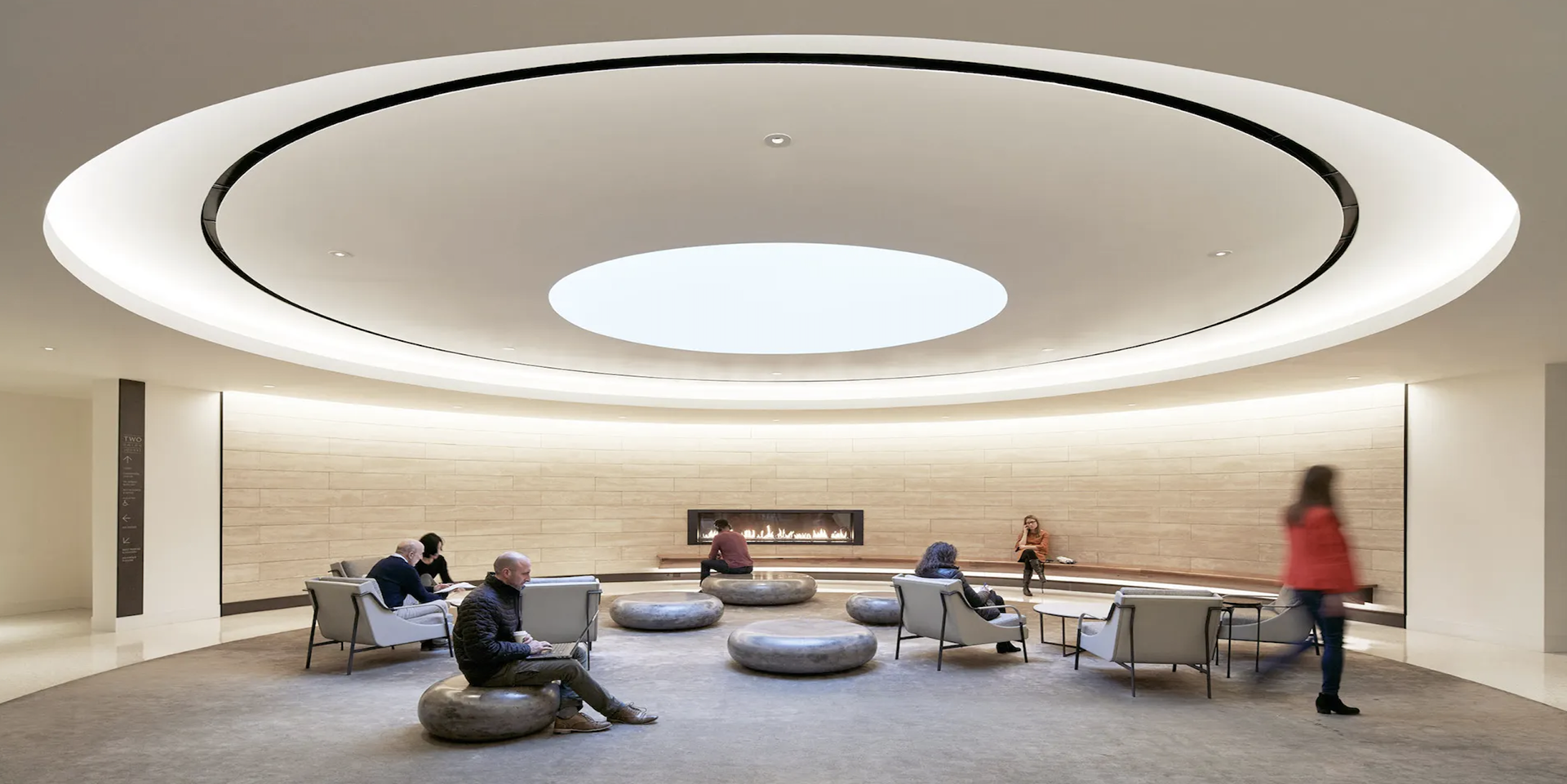


Art on the Mart lighting projection, in Chicago, by Gwen Grossman Lighting Design The COVID-19 pandemic has changed the way we occupy spaces—if we do at all. In whatever the new normal will become, lighting and the field’s ever-advancing innovations will remain crucial to creating environments that are welcoming, productive, intimate, and alluring. Perhaps this will be the decade that control options will merge with sleek user interfaces. And perhaps technology itself will transcend the realm of fixtures, enabling the creation of spaces that are both inspiring and inclusive for all. Here, six designers share their expectations and hopes for architectural lighting in 2021.
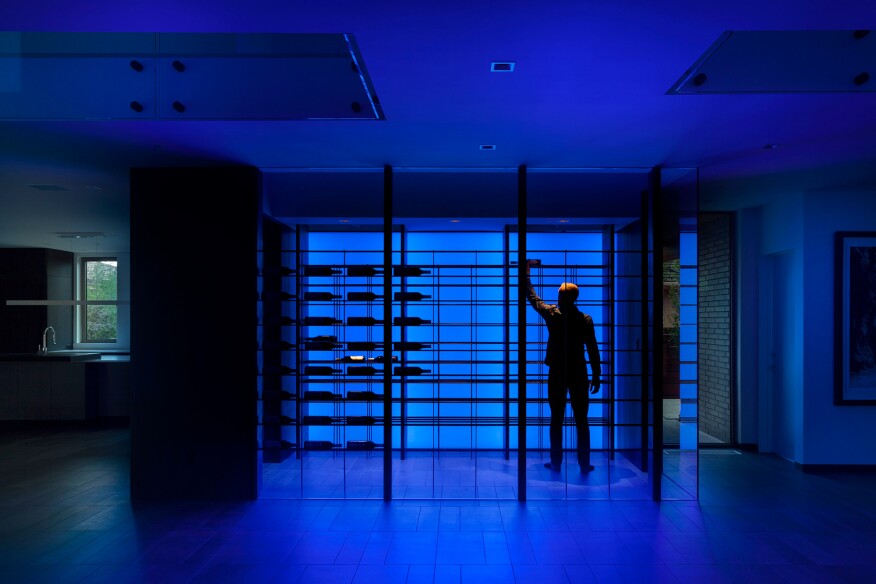
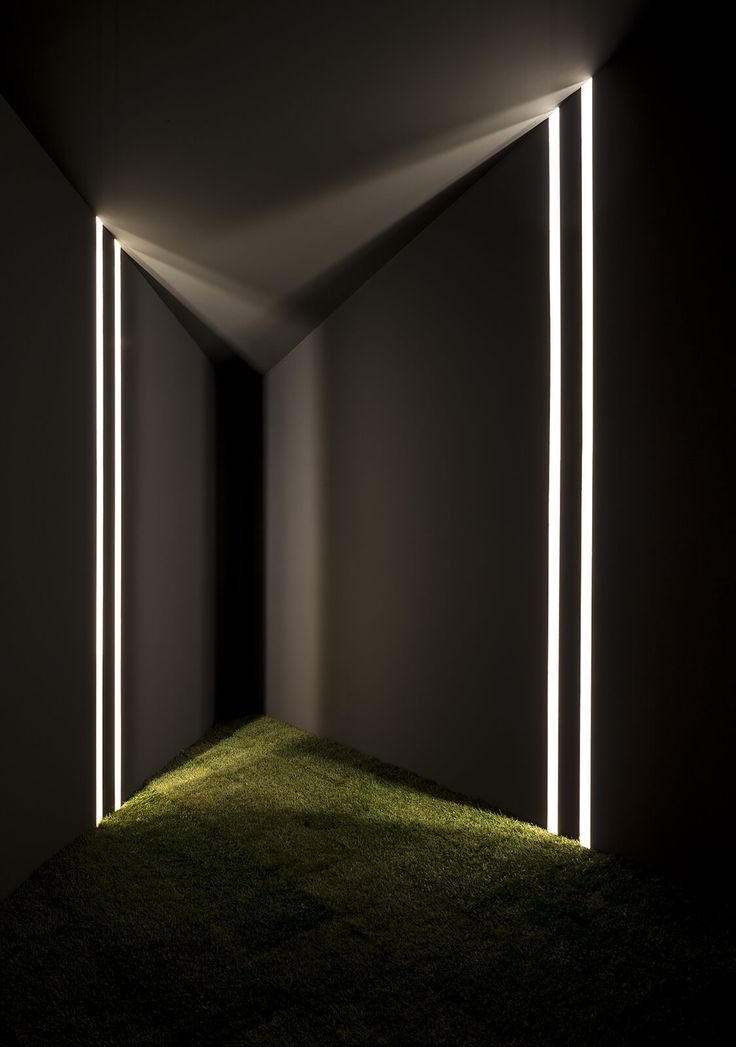
People want tangible interactions and live engagements because experiences are memorable. They respond to lighting that changes with their body movements, light that creates and sculpts the environment, and light that is tunable to mimic the time of day. Audiences have long expected romantic restaurants to be dimly lit and offices to be bright and vibrant, but their expectations have matured.
The lines between architecture, events, and theater blur when lighting designers create memorable spaces to provide beauty, function, art, and entertainment. Public spaces required a new level of sophistication with cutting-edge hospitality design and a more upscale approach to detail. Lighting is becoming seen as a true art form instead of as purely function.
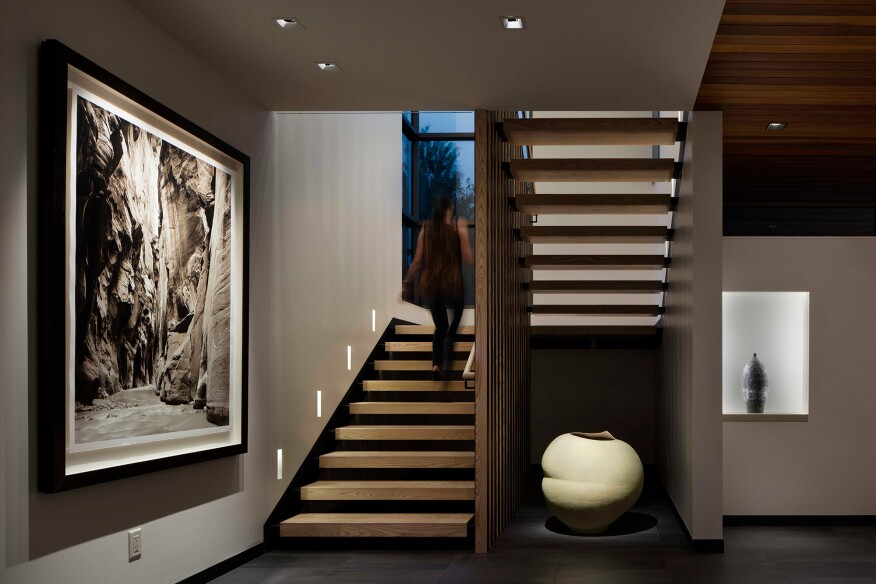
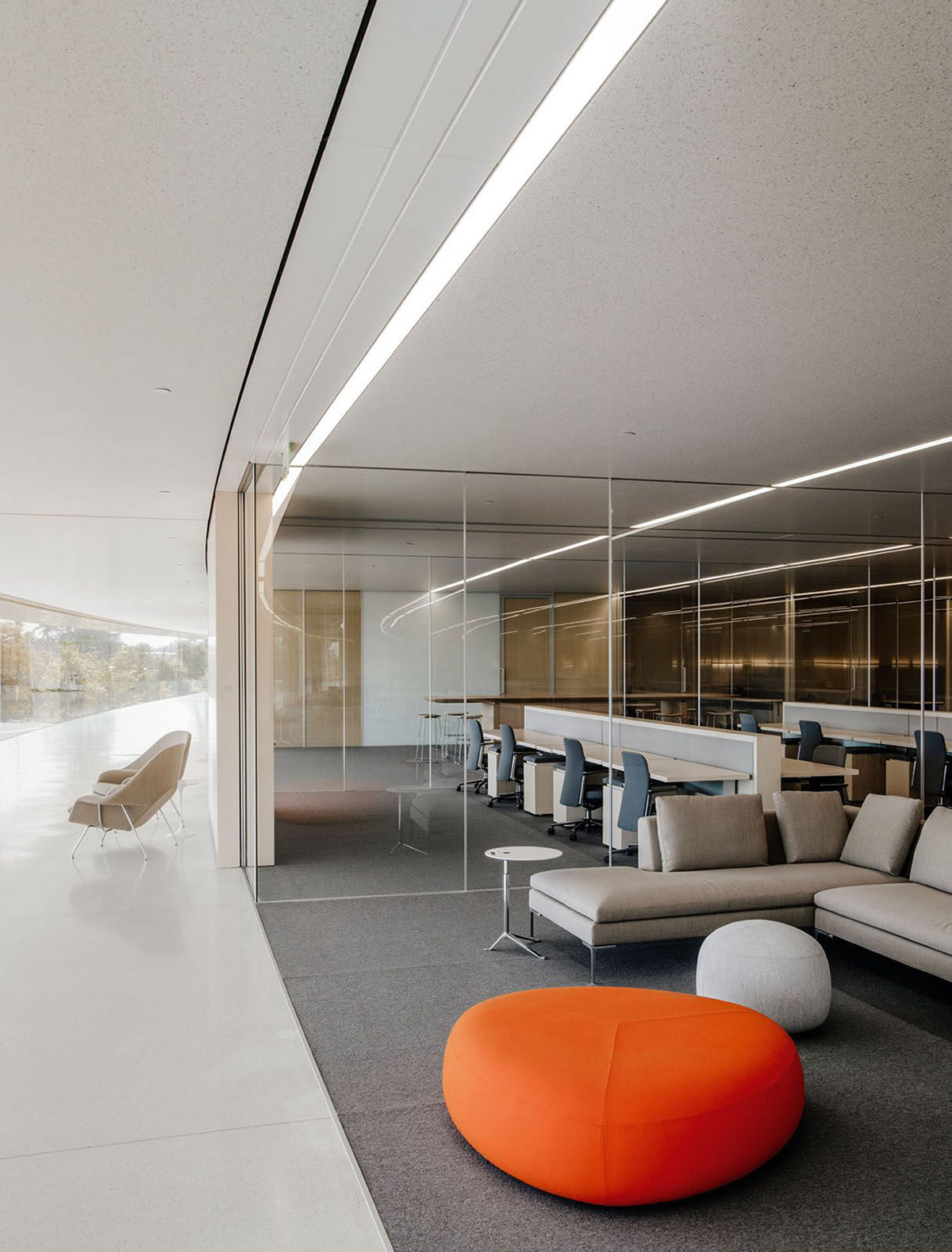
Chris Casella Ocean Prime restaurant, in Chicago; lighting design by Gwen Grossman Lighting Design Technology helps lighting designers bring art to life with new products and controls that allow our imaginations to run free, sometimes at what appears to be the touch of a fingertip. In the 2020s, people will want human connection, and lighting is a clear pathway to these experiences: A beautifully designed restaurant, an art gallery, an interactive light art exhibition, a corporate event, or a night club can provide a perfect meeting spot for life to just happen. Light is life.
Lighting impacts the visualization, perception, and experience of a built environment. Technology provides the ability to manage the intensity, color, and distribution of illumination from multiple sources. From ideation to planning, lighting technology must now be considered a critical component of design from conception through construction. No longer an afterthought to a built project, the lighting installation and applications are now integral to the building systems and should be considered during the conceptual development of a project.
Technology has revolutionized the application, utility, and possibilities of lighting’s visual experience, and it continues to refine and elevate lighting performance. Electronically integrated lighting devices have become more compact, efficient, and capable of increasing controllability across more data platforms. The advances in optics have supported the expanding utility, performance, and innovative application of today's revolutionary lighting devices.
Moving forward, the pace of innovation is permitting a reimagining of form factors, applications, performance, and experience that should be included in the architectural vision of projects.
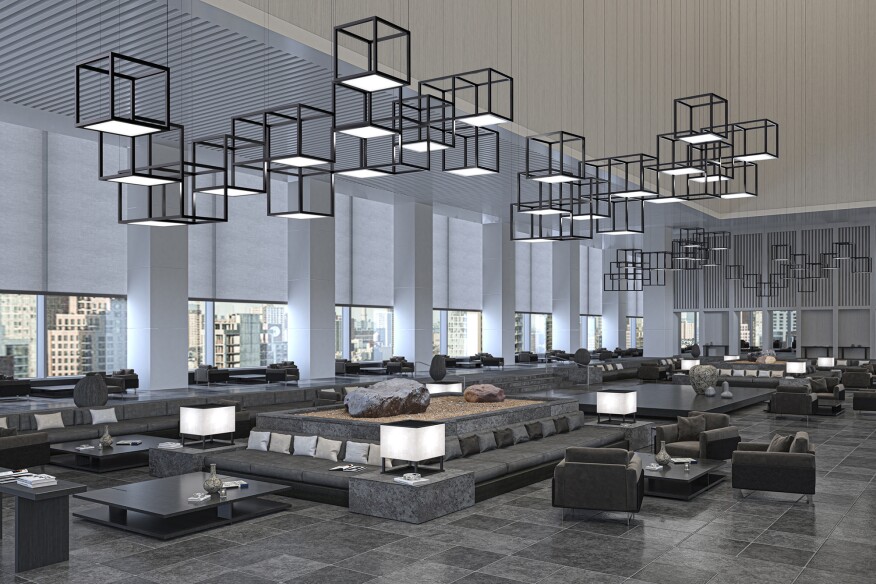

Thinking about lighting design in 2021—[not to mention] the next decade—without considering how the COVID-19 pandemic has affected the way our industry works is impossible. The traditional design firm business model went through a massive and immediate shift in 2020, and need to work remotely has created promising new opportunities for professional and educational collaborations. Now that Zoom is the norm, meeting online with a client, design team, student, or vendor anywhere in the world is easy—and cost-effective. Additionally, lighting firms that support their design staff to continue to work from home and find their own balance between professional and personal responsibilities will be the ones that retain talent. My hope is that the lighting design industry abandons old expectations of designers working 60-plus hours each week and embraces the value of rest and personal fulfillment in creating inspired work.
The past two decades have brought tectonic shifts in lighting hardware. The questions raised are a lot larger than just whether an LED fixture will work well. As an example, for the first time in the history of humankind, we have the option of using a planar light source (OLEP) that looks like a big sheet of paper and emits substantial light. This means that entire walls, ceilings, and possibly floors can be glowing with light: The architecture and form turn into large “chandeliers” that we live and work in. Like Lilliputians, these Gulliverian technologies dwarf us.
We are not dealing with point sources anymore. The new world may be shadowless given that light sources have become bigger than human beings or, as it is happening already, multiple shadows can result from a perceived single light source. A majority of the current streetlights and downlights are more often than not providing multiple shadows as we walk and work under them. All of our art and cinema has shown point sources with single shadows, but now the reality is different. Imagine John Wayne riding into a planar, illuminated wall (not a sunset) or Amitabh-Smita dancing in the rain not under a point-source street light with a single shadow and silhouette, but to multiple shadows.

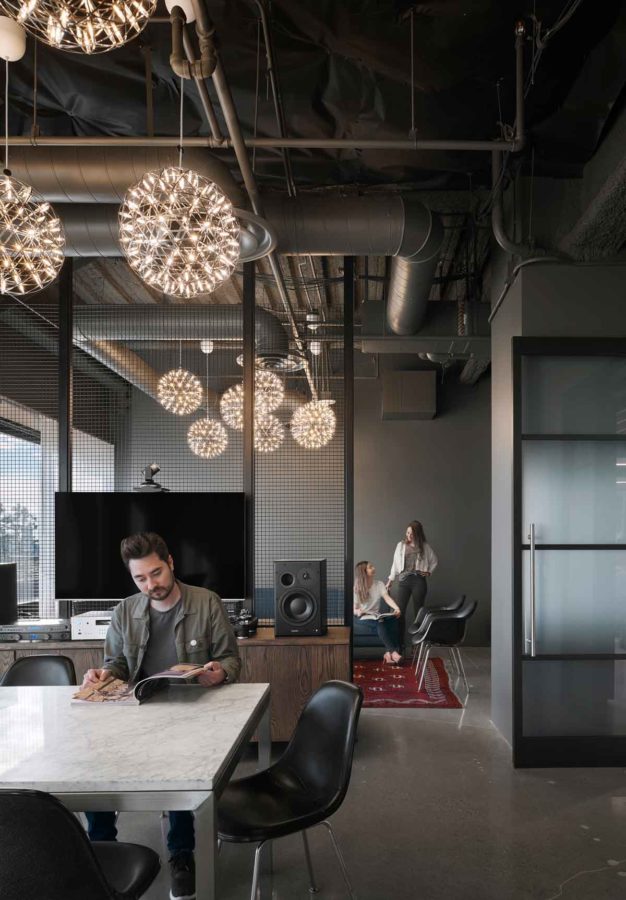
The family tree of lighting is branching out faster than ever before. One branch is full of sleek, trimless Euro-track systems, ultra low–glare linear downlights, and innovative shape factors. Another emerging branch has integrated high-tech features where designers have automated or app control over intensity, color, fixture groupings, and even digital aiming with beam spread control. A third branch is full of new form factors that are nearly flat or wallboard-depth to simplify the coordination of lighting designs with other building infrastructure. Established branches of the family tree—such as luminaire efficiency, source efficiency, light color measurement standards, and occupancy and daylighting controls—are thickening, meaning that engineers are improving upon them.
Today, lighting designs are exponentially more complicated to assemble and coordinate due to the lack of overlap between these branches. We can specify full-color, circadian rhythm light fixtures, but we can’t coordinate that technology with the interior designer’s bi-pin lamp-filled chandelier or trimless step lights. We can specify linear downlights, but we can’t aim them off-axis. We can pick flat light fixtures or skinny light fixtures, but we’re stuck with the colors those manufacturers offer.
